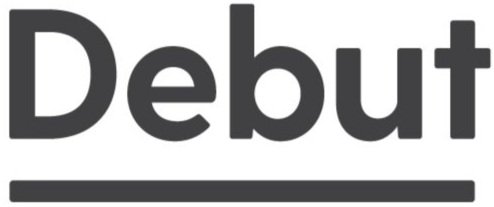The Audience Priming Effect
Getting your audience ready for engagement
How many virtual events have you attended since the pandemic started? Were you engaged, interested, immersed? Or were you distracted – playing with your pet or trying to multitask as discreetly as possible.
All that’s virtual is not gold
Despite the overwhelming benefits of virtual events, there is a glaring tradeoff between convenience and control. We have far less control over the audience environment than we do in person. The virtual environment presents an infinite number of possible distractions, most of which we can do little about. Several strategies can be used to boost engagement during virtual events, such as gamification or interactive elements like polling. However, these external solutions do not tap into a viewer’s intrinsic motivation to engage.
At Debut, we’ve developed a way to face this problem head-on.
Audience Priming Effect: Overcoming the challenges of virtual engagement
Instead of thinking about ways to create engagement during the virtual event, what if you could establish a state of engagement before the event even begins?
Debut’s Audience Priming Effect™ does exactly that. It’s an audio-video sequence played before the main event that empowers viewers to optimize their own virtual event experience.
Like an in-flight safety video that plays before takeoff, it equips remote audiences with concrete steps for enhancing the viewing experience while creating a sense of internal responsibility over their own engagement.
By cueing good viewing habits in remote audiences before the main event, the Audience Priming Effect both reduces distraction for enhanced engagement during the main event and increases the chance of behavior change after the main event.
The psychology behind the Audience Priming Effect
The Audience Priming Effect was specifically developed based on the psychology of human motivation and attention.
Engagement should come from within; we want to motivate engagement intrinsically, rather than extrinsically³. According to self-determination theory, intrinsic motivation is based on three core psychological needs⁴. The Audience Priming Effect was designed to satisfy each of them.
1) Autonomy. Humans want to feel as if they’re acting of their own volition. The Audience Priming Effect taps into this sense of independence by transferring the responsibility of engagement to the viewer, while giving them free choice about how to best engage
2) Competence. The list of concrete and specific actions given through the Audience Priming Effect equips them to engage with forthcoming content.
3) Belongingness. The Audience Priming Effect uses language that highlights social norms, to remind viewers that they are part of a larger group savoring the same experience, despite the solitary nature of virtual events.
The proof is in the priming
The Audience Priming Effect was subjected to a randomized control trial – the same type of rigorous study used to measure the effectiveness of new drugs – and compared it to a control condition representative of typical pre-event experiences; a pre-show countdown. The numbers speak for themselves.
Audience priming boosts cognitive resonance.
At Debut, we measure audience engagement via “Cognitive Resonance”, a combined metric of attention, mood, and value internalization. In our study, audience priming before the main video boosted cognitive resonance by about 25% compared to control conditions. This means that priming your audience can increase viewer focus, enjoyment, and the extent to which they buy into your key message.
Audience priming enhances memory.
Objective memory scores for facts learned during the main video were significantly improved by audience priming. This means that priming your audience makes your message more memorable, which is not surprising given the positive effect on attention described above.
Audience priming causes desired behavior change.
As a final objective measure of behavior change, we gave audiences the chance to sign a petition for change that aligned with the core message of the main video. Almost 70% of viewers that were primed before viewing the message signed the petition compared to only 41% of those that were not primed.
Don’t let engagement go unprimed
Next time you are preparing for a virtual experience, whether it’s a short meeting, a webinar, or a multi-day event, set yourself up for engagement success with the Audience Priming Effect™. It’s never too early to start engaging your audience—even before take-off.
Contact us, we’d love to hear from you.
References
https://www.inc.com/ken-sterling/4-reasons-why-virtual-events-will-increase-in-2022.html
https://speakerhubhq.medium.com/6-reasons-why-virtual-events-are-on-the-rise-in-2022-4616d7172268
Huang, Y. C., Backman, S. J., Backman, K. F., McGuire, F. A., & Moore, D. (2019). An investigation of motivation and experience in virtual learning environments: A self-determination theory. Education and Information Technologies, 24(1), 591-611.
Deci, E. L., & Ryan, R. M. (2012). Self-determination theory.







